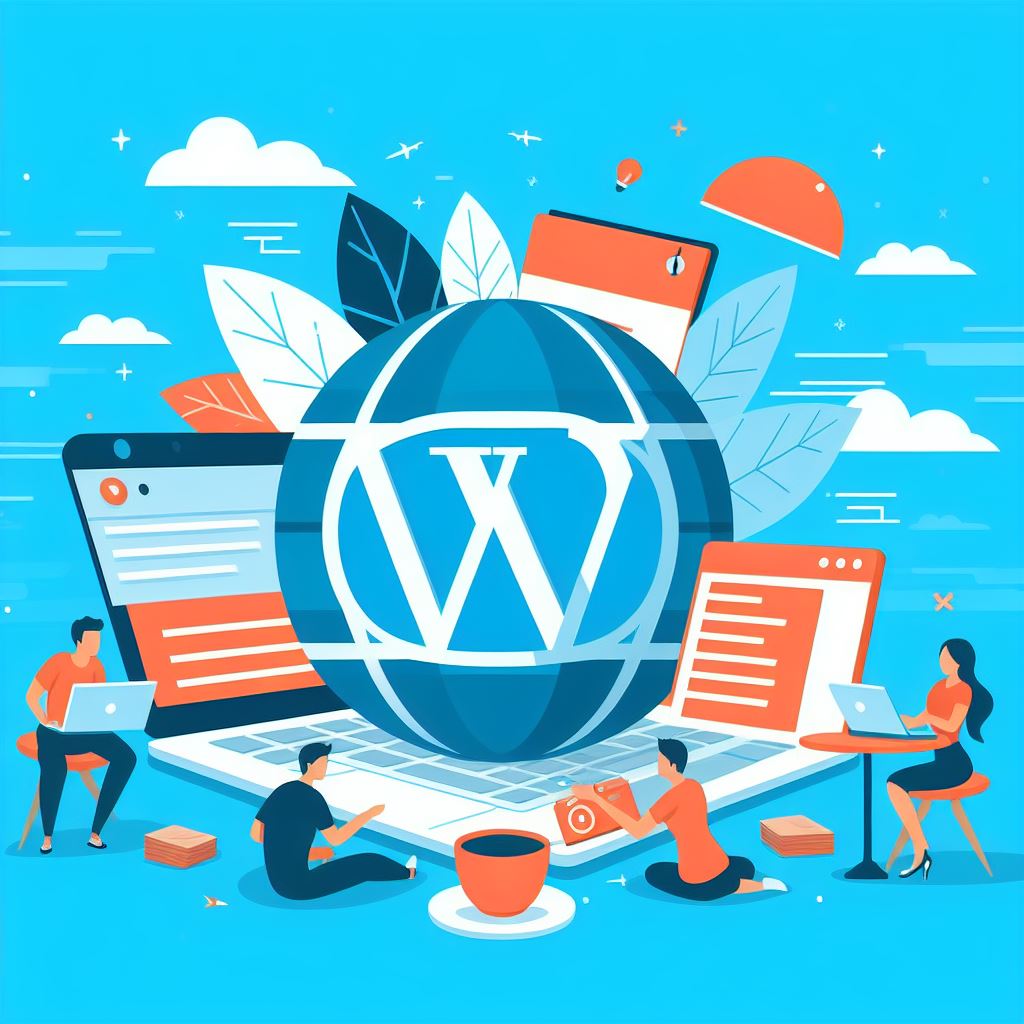In the fast-paced world of the internet, users demand websites that load quickly and deliver an exceptional user experience. Slow-loading websites not only frustrate visitors but also negatively impact search engine rankings. If your website is powered by WordPress, implementing effective speed optimization techniques is crucial. In this comprehensive guide, we will explore various strategies to supercharge your website’s performance through WordPress Speed Optimization.
1. Understanding the Importance of WordPress Speed Optimization
Before delving into optimization techniques, it’s essential to grasp why speed matters. User attention spans are shorter than ever, and studies show that a one-second delay in page load time can result in a significant drop in user satisfaction and conversions. Search engines like Google also consider page speed as a ranking factor, making it imperative for website owners to prioritize WordPress Speed Optimization.
2. Conducting a Speed Audit
The first step in optimizing your WordPress website is to conduct a thorough speed audit. Utilize online tools like Google PageSpeed Insights, GTmetrix, or Pingdom to assess your site’s current performance. These tools provide valuable insights into what elements of your website are slowing it down, allowing you to focus your efforts on the most critical areas.
3. Image Optimization for WordPress Speed Optimization
Images are often the largest contributors to page load times. Optimizing images is a crucial aspect of WordPress Speed Optimization. Use image compression tools or plugins to reduce file sizes without compromising quality. Additionally, consider lazy loading images, which means images load only when they become visible to the user, further enhancing your site’s speed.
4. Leverage Browser Caching
Browser caching is a technique that stores static files like images, CSS, and JavaScript in a visitor’s browser. By doing so, subsequent visits to your website result in faster load times as the browser doesn’t need to reload these resources. Utilize WordPress plugins like W3 Total Cache or WP Super Cache to easily implement browser caching and improve overall website speed.
5. Optimize Your WordPress Database
As your WordPress website grows, so does its database. Regularly optimizing your database can significantly improve website speed. Use plugins like WP-Optimize to clean up unnecessary data, including post revisions, spam comments, and transient options. This not only reduces the size of your database but also ensures faster query execution.
6. Choose a Lightweight Theme
The theme you choose plays a pivotal role in your website’s speed. Opt for a lightweight, well-coded theme that aligns with your website’s objectives. Avoid themes with excessive features and unnecessary elements that can weigh down your site. Popular lightweight themes include Astra, GeneratePress, and Schema.
7. Implement Content Delivery Network (CDN) for WordPress Speed Optimization
A Content Delivery Network (CDN) is a network of servers strategically placed around the world to deliver content to users from the nearest server location. Integrating a CDN with your WordPress site reduces server response time and accelerates content delivery, resulting in faster loading times for users globally. Services like Cloudflare, StackPath, and KeyCDN offer easy integration with WordPress.
8. Minify CSS and JavaScript Files
Minifying involves removing unnecessary characters and spaces from CSS and JavaScript files, reducing their size and improving loading times. Various WordPress plugins, such as Autoptimize and W3 Total Cache, offer options to automatically minify your site’s CSS and JavaScript files. Keep in mind to test your website thoroughly after minification to ensure no functionality is compromised.
9. Optimize Server Performance
Your web hosting server directly impacts your website’s speed. Choose a reputable and optimized hosting provider that can handle your site’s traffic efficiently. Consider managed WordPress hosting solutions like WP Engine, SiteGround, or Kinsta, as they are specifically tailored for WordPress performance and security.
10. Regularly Update WordPress and Plugins
WordPress and its plugins are regularly updated to enhance performance, security, and compatibility. Ensure that you are using the latest versions of WordPress core, themes, and plugins. Outdated software can not only expose your site to security vulnerabilities but may also hinder its speed and functionality.
Conclusion: Speeding Towards Success with WordPress Speed Optimization
In conclusion, optimizing your WordPress website for speed is not just a luxury; it’s a necessity in today’s digital landscape. Users expect fast-loading websites, and search engines reward speed with higher rankings. By following this comprehensive guide to WordPress Speed Optimization, you’ll be well-equipped to supercharge your website, providing visitors with a seamless and enjoyable online experience. Remember, a faster website not only keeps your audience engaged but also contributes to the overall success and growth of your online presence.



